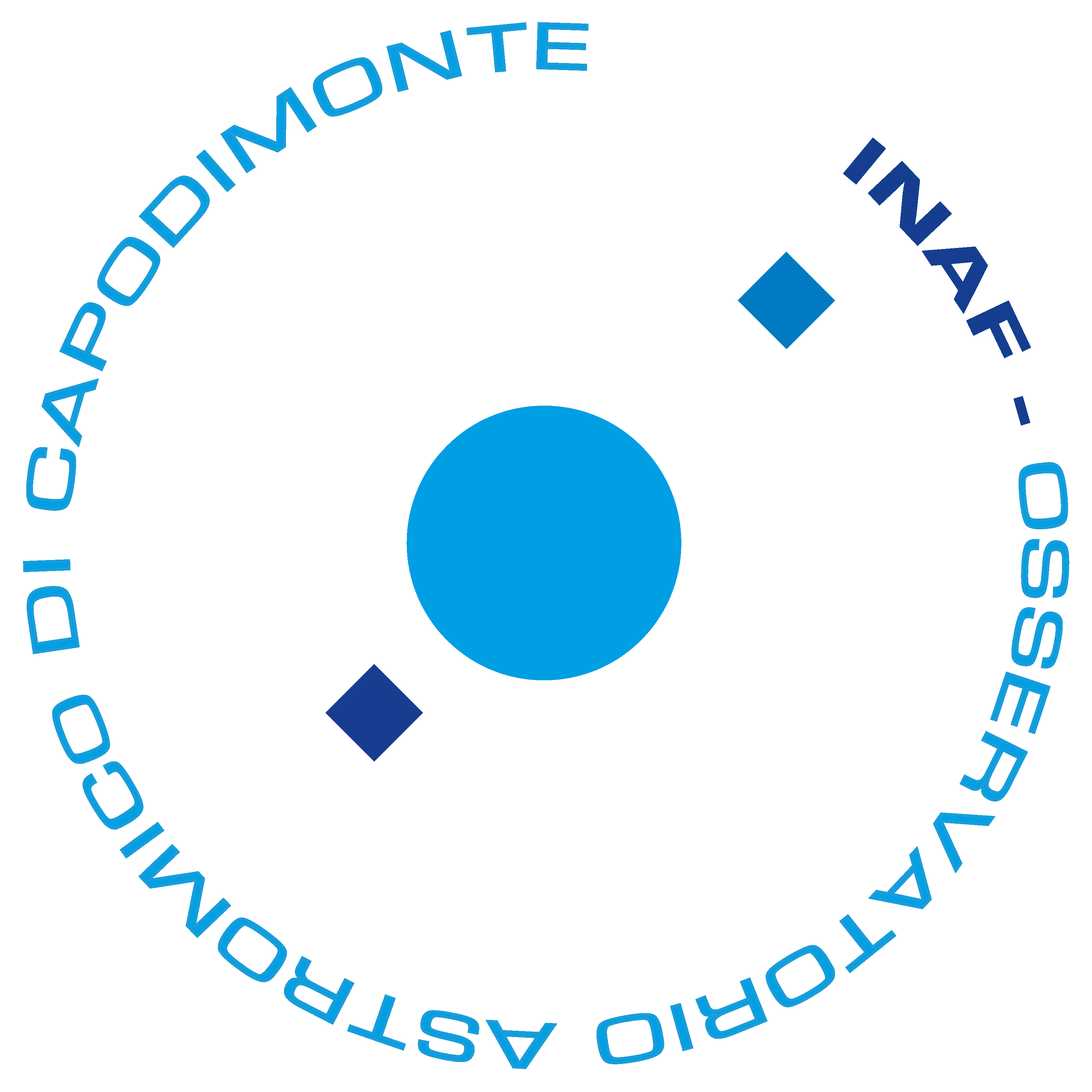Dr. Mauro Gargano (INAF-OACn)
18 June 2025
11:30, Aula Piazzi
Abstract:
The aurora borealis, a term first introduced by Galileo to describe the striking luminous phenomenon generated by the interaction between charged particles from the solar wind and atmospheric gases, has long fascinated scientists and observers with its diverse shapes and colors. Although generally visible in circumpolar regions at high latitudes, episodes of intense solar activity can make the aurora observable at lower latitudes, even as far south as southern Italy. In this study, we retrace observations of the aurora borealis made from Naples and its surroundings during the 18th and 19th centuries, starting with the manifestations recorded in 1726 and 1737, up to the exceptional event of 1848, documented through the descriptions of Capocci and the artistic representations of Salvatore Fergola at the Capodimonte Observatory. Through the analysis of Pietro di Martino’s dissertation and historical and artistic testimonies, we reconstruct Naples’ role in the documentation of this extraordinary celestial phenomenon.

